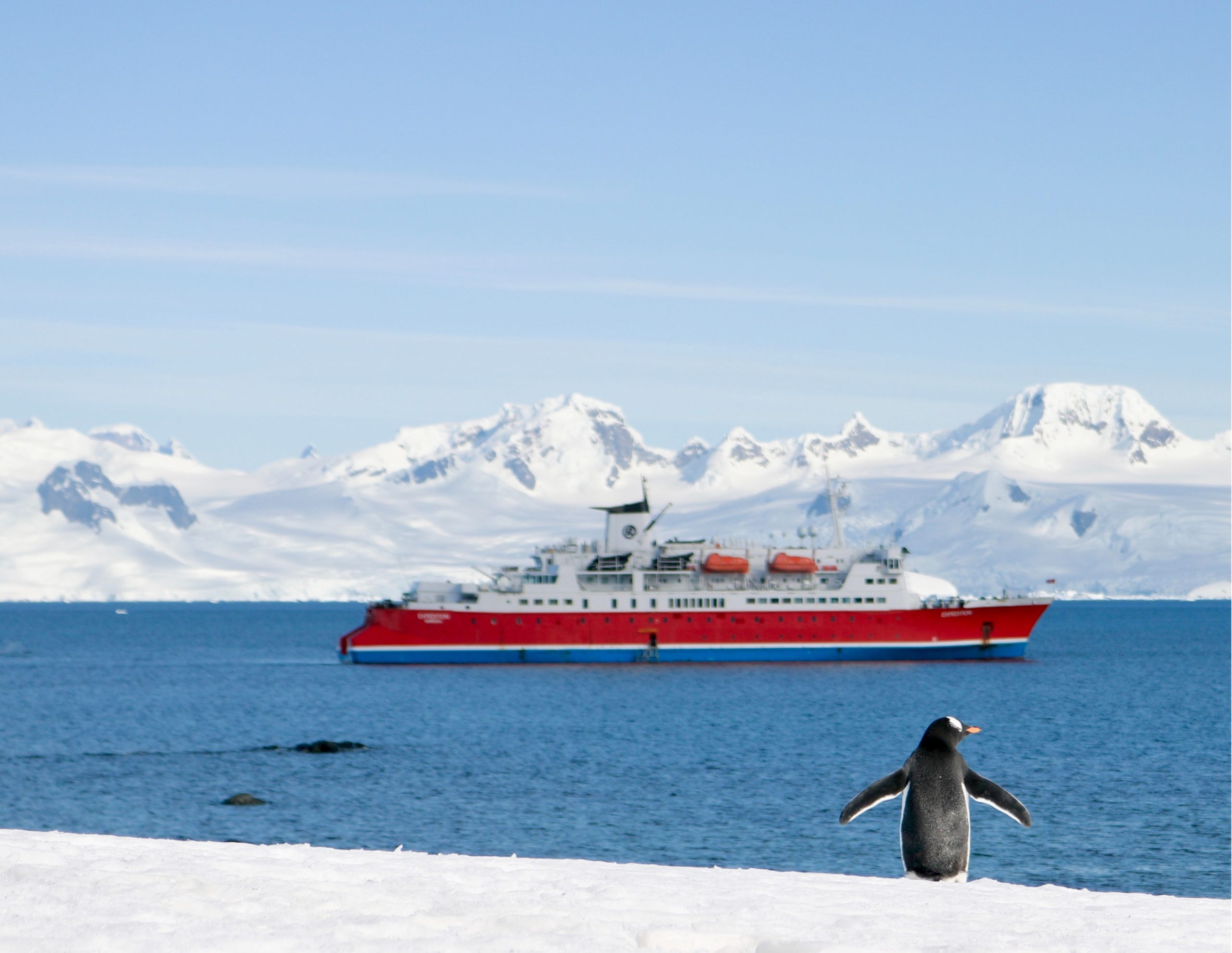Trips that were impossible in the past
In January 2021, and without the assistance of icebreakers, the Russian tanker “Christophe de Margerie” completed its first trip to transport liquefied gas from Russia to China through the Northern Sea Route, which connects the Atlantic and Pacific Oceans via the Arctic.
In the past, it was impossible for a ship like “Christophe de Margerie” or any ship to travel near the North Pole in winter. The ice sheets on the surface of the water were so thick that it was difficult for any ship to overcome this obstacle and continue on its way. Therefore, the Northern Sea Route could only be used during the summer months from July to November.
Today, due to global warming and the climate crisis, the ice sheets have become very thin even during the winter months. This means that under these new conditions, ships can sail along the Northern Sea Route throughout the year. Igor Tonkovidov, the CEO of Sovcomflot, which managed the voyage of the ship “Christophe de Margerie,” said that this trip proved that the North Pole and the Northern Sea Route are safe all year round.
Although the trip in question was the first, it would be wrong to say that it was unexpected. It has been known for several years that uncontrolled increases in carbon emissions would eventually lead to the melting of the ice sheets in the North Pole and its surrounding areas. However, the comprehensive change that the region has undergone has also changed the way the rest of the world views the North Pole.
The melting of the ice sheets means new opportunities for some. Estimates indicate that the region contains 90 billion barrels of oil and 45 trillion cubic meters of natural gas deposits that have not yet been extracted in the region. A large part of these deposits is still under the sea floor. But the melting ice means that it will be easy to access these areas.
In addition, with the melting of the ice, new sea routes will appear. By 2024, Russia aims to send 80 million tons of goods via the Northern Sea Route. China is also conducting studies to send goods through the Arctic Ocean to Europe, which would reduce shipping time and costs. However, this increased activity in the Arctic also poses significant environmental risks, as it could lead to more carbon emissions, oil spills, and the destruction of fragile ecosystems in the region.



